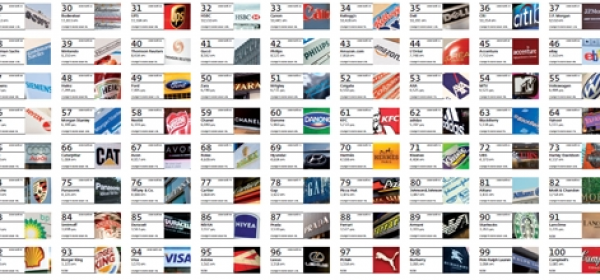A few years and several billion dollars of ad spending into the era of Facebook marketing, it’s getting clearer what it’s all about for big, established brands — a loyalty program rather than a customer-acquisition tool.
The problem, he said, is that many marketers still don’t see Facebook this way. Speaking in a recent Web Analytics Wednesday talk in Cincinnati and a follow-up interview, he said many brands with the biggest followings, such as Coke with nearly 34 million fans, are in high-frequency, low-ticket categories where CRM has never held center stage. And, in part because Facebook ads — thanks to their placement and lack of graphic frill — look like search ads, marketers and agencies often think of them like search ads, Mr. Kistner said.
“Search is a customer-acquisition tool,” Mr. Kistner said. “Facebook really isn’t.” But while search is largely about people discovering new products and brands, Facebook “is really about staying in touch with the people we know,” whether that be real people or brands and customers, Mr. Kistner said. That also makes it very much unlike that other digital darling — Groupon.
“Facebook is really the anti-Groupon,” said Mr. Kistner, because it’s more about preaching to the converted than getting new converts. Ironically, Groupon is also the exception to the Facebook as loyalty program rather than customer-acquisition tool, he said, since it’s been Groupon’s single biggest source of new members.
But while most established brands don’t have big app-user bases like Groupon’s 1.3 million, they increasingly are getting much bigger Facebook fan followings than Groupon’s low six-figure total. DBM/Scan’s Facebook fan tracker now counts 117 brands with at least a million fans, with more than 40 on pace to join that club within a year.
Those big groups of fans would seem ripe for targeting by rival brands, but Facebook doesn’t really allow that. Marketers can use Facebook ads to target consumers who declare affinity to rival brands in their profiles, but few consumers list brands in their profiles, Mr. Kistner said.
Facebook doesn’t let marketers target people who just “like” other brands, and for obvious reasons. The social network has used free brand pages as an inducement to get brands to advertise in order to build fan bases. Were those brand fans then subject to targeting by rivals, that could fast become a counter-productive investment for the brands (and maybe Facebook).
That leaves brands primarily marketing to their own fans. And what surveys show Facebook fans want from brands are the sorts of things loyalty programs typically deliver — special offers, access to members-only events or programs and advance word on new products — Mr. Kistner said.
Both Facebook and some marketers show some signs of moving in this direction. On the offer front, Facebook recently added Rockfish Interactive‘s Coupon Factory tool to a manual used to train its sales force on how brands can use Facebook, according to Rockfish. The tool, which lets marketers create, syndicate and manage their own online coupons either on their own sites, Facebook blogs or elsewhere, already is being used by such brands as Mentos, Lone Star Steakhouse and Big Red soft drinks on Facebook.
Facebook already has fast eclipsed that other staple of digital loyalty programs, the brand website, with visits to the average website of a Fortune 100 company down 23% last year from a year ago, Mr. Kistner said. Fan counts of brands such as Starbucks or Coke are now 10 to 100 times higher than their websites’ monthly unique visitor counts.
Limitations or no, Facebook is by far the highest priority in social-media marketing, Mr. Kistner said. In all, he cited figures showing 51% of people in the U.S. have Facebook accounts, compared to only 8% who have Twitter accounts and 4% who have accounts with one of the geo-location networks — whose members are almost entirely in major coastal urban centers, he said.
(The latest ComScore unique monthly visitor data peg Facebook’s reach at 52% and Twitter’s at 11% of the U.S. population.)
Source: http://adage.com/article/digital/brands-facebook-a-loyalty-program/229561/














